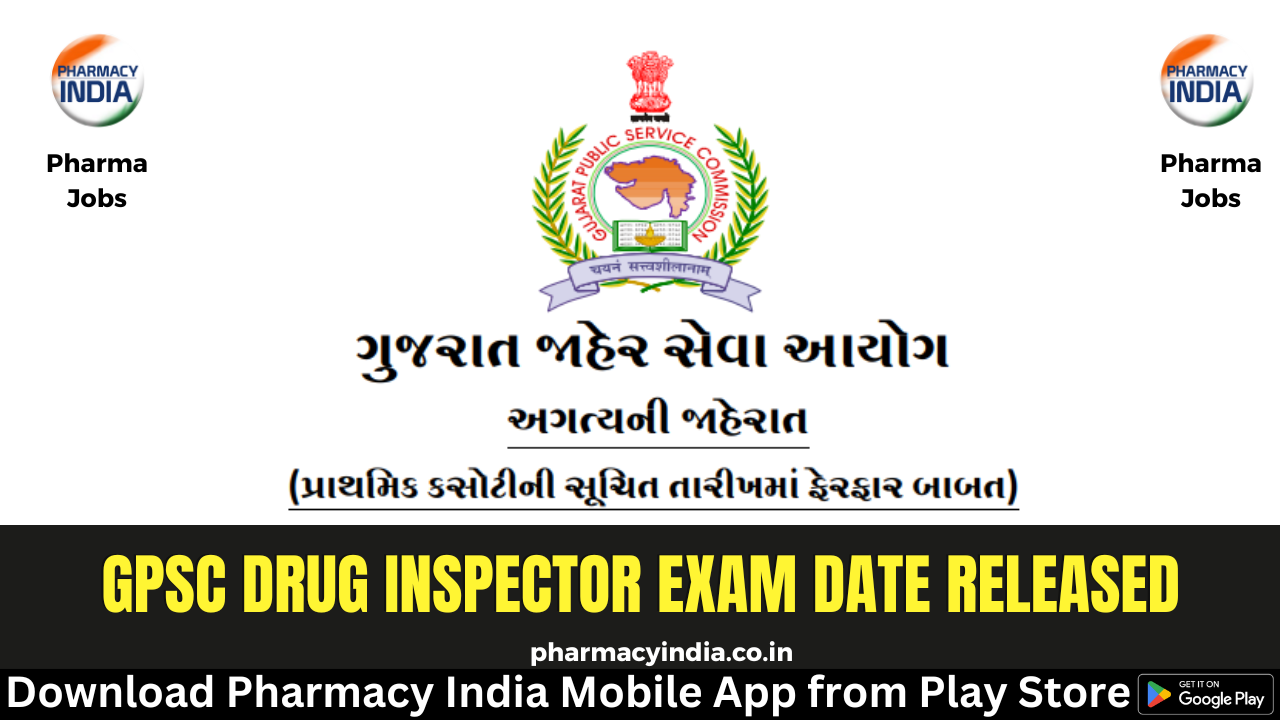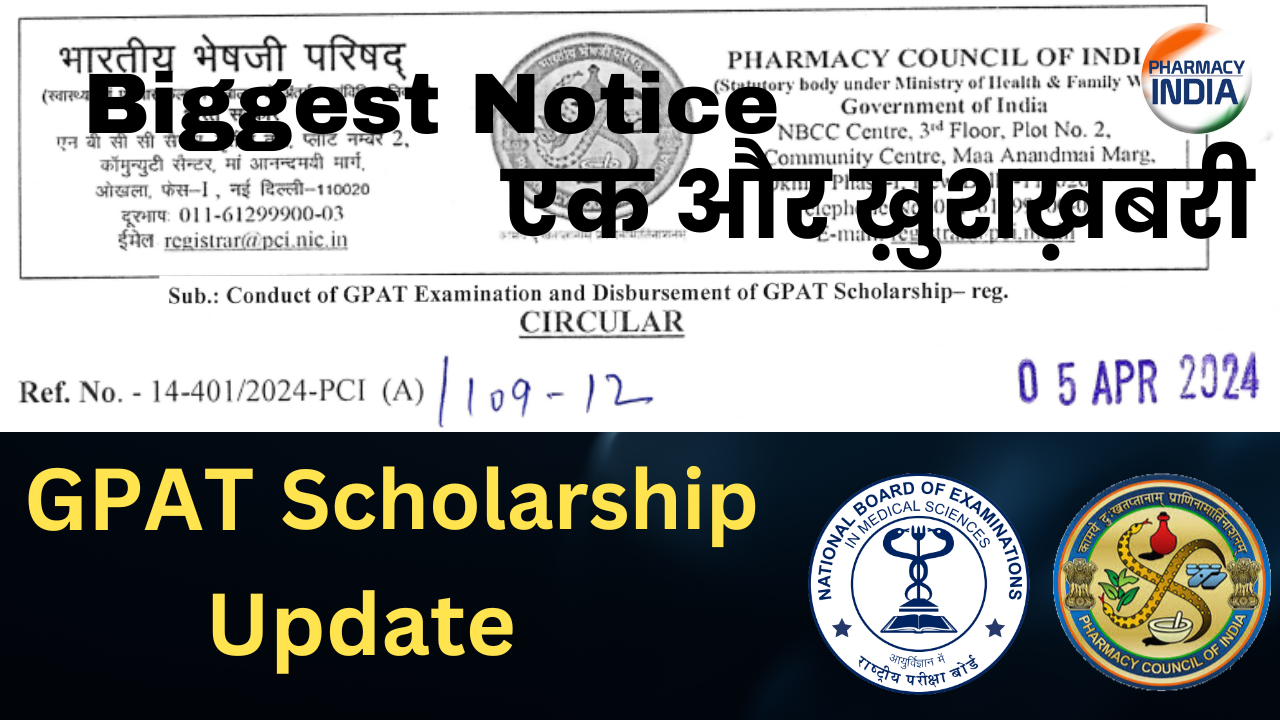The Drugs (Prices Control) Order (DPCO), 2013, and its existing reference have led the National Pharmaceutical Pricing Authority (NPPA) to decide to set a price cap on newly scheduled medications from the same manufacturer with significant inter-brand price variation at the cost of the least expensive brand or pack size plus 10%.
The National List of Essential Medicines (NLEM), 2022, has been released by the NPPA and contains a total of 384 medications, 34 of which are new medications that have been added to the list and 26 from the previous list that have been removed for a variety of reasons.
After updating Schedule I of the DPCO, 2013, to reflect the updated list of essential medications, it has also begun adjusting the ceiling pricing for formulations that were kept in the NLEM, 2022 and for those that were added anew.
While setting the prices, the Authority noticed that there was a significant inter-brand variation in the prices for some of the formulations from the same company when it came to the formulations included in the NLEM 2022 for the first time, changing the non-scheduled formulations to scheduled formulations.
At its most recent meeting, the Authority debated the matter and resolved to resolve the price variation while setting the prices for these formulations in accordance with the 2013 DPCO’s updated Schedule I.
Depending on an existing reference under DPCO, 2013, it has been agreed that the Price to Retailer (PTR) of several brands or pack sizes of a formulation from one manufacturer may be capped at the price of the cheapest brand or pack size plus 10%. Additionally, it was decided that the pricing of such formulations could be set in the public interest under Paragraph 19 of the DPCO, 2013.
The government may, not withstanding anything else in the price control order, fix the ceiling price or retail price of any drug for such a period of time as it may deem appropriate in the event of extraordinary circumstances, in the interest of the public, and where the ceiling price or retail price of the drug is already fixed and alerted, the government may enable an increase or decrease in the ceiling price or the retail price, regardless of annual wholesale prices.
According to paragraph 16 of the DPCO, 2013, “The annual price rise on such formulations may be approved on the basis of WPI equivalent to other schedule formulations for whose price is determined under paragraphs 4 and 6 of the DPCO, 2013,” the Authority stated. The revision of the planned formulation’s ceiling price on or before April 1 of each year in accordance with the annual WPI for the previous calendar year and other connected matters are covered in Paragraph 16 of the price control order.
Depending on its decisions to address the issue of interbrand price variance, the NPPA has calculated the price of a few brands of scheduled formulations in its most recent batch of draught ceiling price calculation sheets provided. For instance, a corporation sells the identical composition under two different brand names for two different prices: Rs 7.86 per unit for one brand and Rs 11.07 for the other. The price of the formulation with Rs. 11.07 per unit was taken into account by the NPPA when determining the ceiling price for the new medication, itraconazole 100 mg.
For the formulation teneligliptin 20 mg, costs for two brands from the same business ranged between Rs. 7.75 and Rs. 9.81 per unit. For the purpose of fixing the ceiling price, the NPPA determined and took into account the brand’s pricing at Rs. 9.81 per unit and Rs. 8.53 per unit.
On February 9, the Authority released the 11th lot of the draught version of the computation of the ceiling price for 50 formulas under the 2013 DPCO, amended Schedule I.






